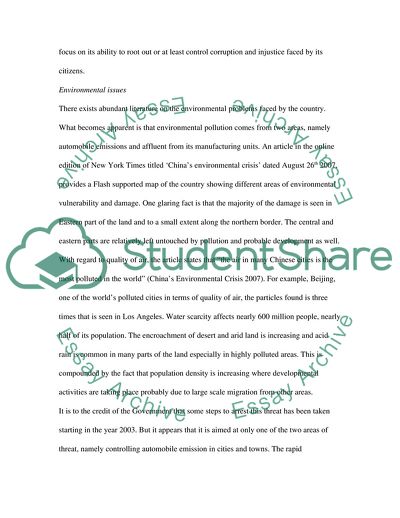Cite this document
(Social Change and Conflict in Modern China Coursework - 1, n.d.)
Social Change and Conflict in Modern China Coursework - 1. https://studentshare.org/macro-microeconomics/1724009-social-change-and-conflict-in-modern-china
Social Change and Conflict in Modern China Coursework - 1. https://studentshare.org/macro-microeconomics/1724009-social-change-and-conflict-in-modern-china
(Social Change and Conflict in Modern China Coursework - 1)
Social Change and Conflict in Modern China Coursework - 1. https://studentshare.org/macro-microeconomics/1724009-social-change-and-conflict-in-modern-china.
Social Change and Conflict in Modern China Coursework - 1. https://studentshare.org/macro-microeconomics/1724009-social-change-and-conflict-in-modern-china.
“Social Change and Conflict in Modern China Coursework - 1”. https://studentshare.org/macro-microeconomics/1724009-social-change-and-conflict-in-modern-china.


